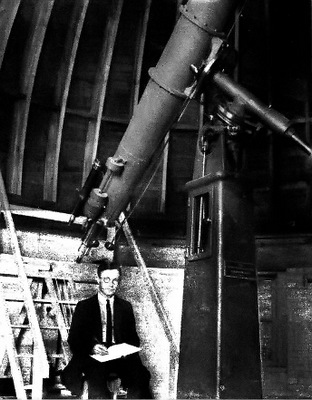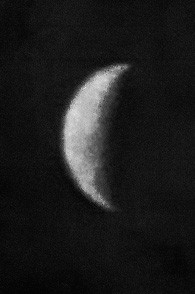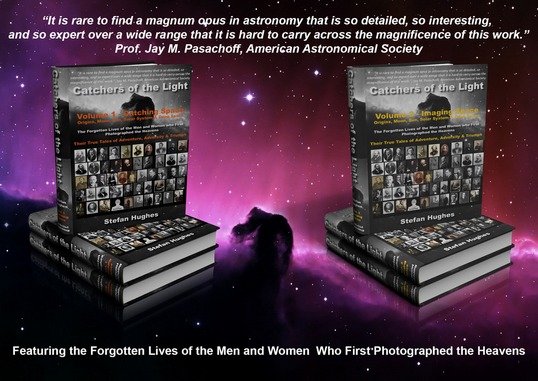'The Venusian'

Born 8th of June 1862, Oslo, Norway.
Died: 30th November 1931, Salt Lake City, Utah, USA
Alfred Rordame was the first person to photograph features on the cloud shrouded planet Venus.
He arrived in America in about 1880. He had been born on the 8th of June 1862 in Akershus, near Oslo, Norway, the son of Jacob Rordame and his wife Karoline Simmonsen. The first mention of him in official records is on the 4th of June 1880, when he is recorded in the US Census as living in the mining town of Eureka, Nevada and working as a violinist.
It is highly likely that he worked at one of the ‘hotels’, brothels or lodging houses built to support the town’s bulging population of some 10,000, swollen by the thousands of miners who had arrived following the discovery of large seams of lead and silver in ‘them there hills’. The population of Eureka reached a peak in 1878 and after then went into a steady decline as the mining seams dried up as did the wealth it brought.
By 1884 Alfred Rordame had left Eureka to live in the Mormon stronghold of Salt Lake City (SLC), Utah, where he remained for the rest of his life. Several generations of Rordame have since been born in Brigham Young’s city and many still live there up until the present day. Once settled in SLC he took up his violin again and began to play for the local Symphony Orchestra and take up again his interest in astronomy, which he had acquired prior to coming to America.
However, it was with regards to Alfred Rordame’s photographs of the Planet Venus, that his true fame as a pioneer of amateur Astrophotography rests. Venus is a notoriously boring object and somewhat difficult object to both observe and photograph. Firstly, Venus is an inner planet, so it will never be seen as a complete disc in a telescope. When Venus is in the position to be ‘Full’ it is located on the far side of the Sun relative to the Earth. When viewing Venus the planet will appear as a crescent or gibbous in shape. Secondly there are only certain times it can be seen easily, either just after sunset in the western sky or before sunrise in the eastern sky. In both cases it lies close to the sun.
The first image he took which showed features in its cloud cover was one obtained on the 14th of March 1921, shortly after sunset at 7.30 pm local time. The telescope used by Rordame in this instance was his 16-inch Mellish reflector.
To read more on his life and work and the other early pioneers of amateur Astrophotography, read the eBook chapter on Alfred Rordame or buy the eBook or Printed Book at 'Catchers of the Light'

Venus, 14th March 1921, 16-inch reflector, Alfred Rordame
